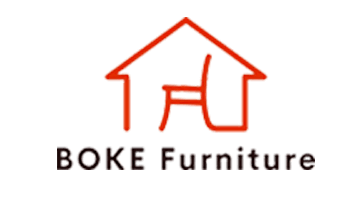Confused by the wide range of prices for custom cabinets? You worry that a low price means poor quality, but a high price seems unjustified. The real cost is in the details.
The true cost of custom cabinets is the total sum of materials, hardware, craftsmanship, design, and all related services. Don’t be fooled by a simple price per foot; a cheap quote often hides compromises in quality that will cost you more in the long run.
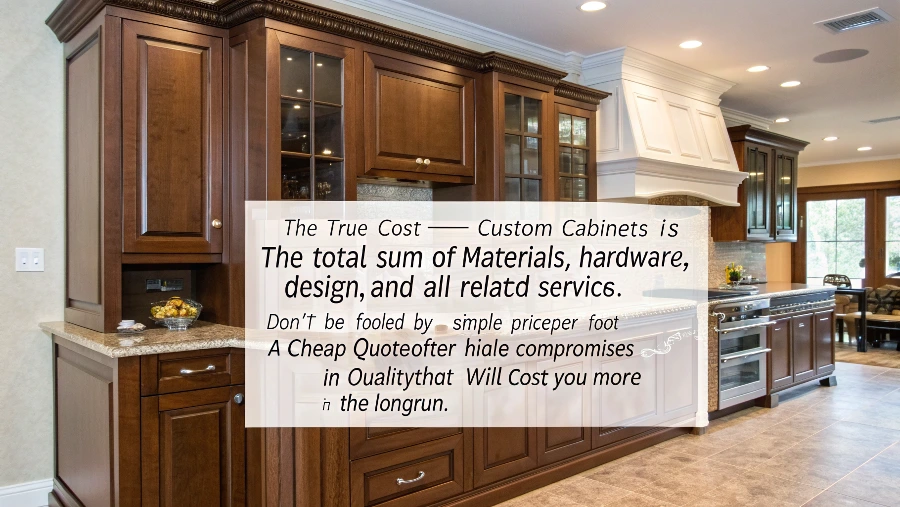
When you are trying to figure out what you should pay for cabinets, don’t just look at the final number. A low price can be very tempting. But from my position here in Foshan, exporting cabinets for large projects worldwide, I can tell you that a low price is often a warning sign. It might mean the supplier is using thinner panels, hardware that isn’t certified, or materials that don’t meet environmental standards. The price for cabinets from a local maker in the US might be $700-$1,200 per linear foot. For a volume project, a manufacturer like Boke Furniture can often a better price, maybe $350-$700 per foot, including export packing. But the price is only part of the story. A good deal is a complete solution that delivers on quality, schedule, and service. Always demand a detailed quote, material samples, and examples of past projects. This homework will save you from the low-price trap.
What is the average cost of custom kitchen cabinets?
You’re trying to set a budget, but the term "average cost" seems to change depending on who you ask. This makes planning feel like guessing, and you risk getting it wrong.
There is no true "average" cost, only a range. In North America, expect to pay $700-$1,200 per linear foot. For large projects sourced from China, a realistic range is $350-$700 per linear foot, but this depends entirely on your specifications.
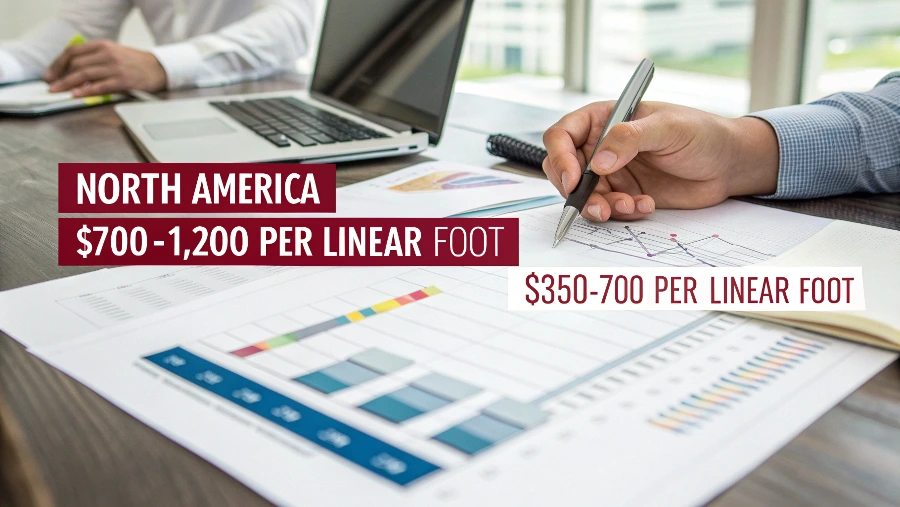
The idea of an "average" price is misleading because no two custom jobs are the same. The cost is built from specific choices you make. A small difference in materials can have a big impact on the final price. For example, choosing European hardware1 from brands like Blum or Hettich can cost double the price of standard Chinese hardware. But that European hardware1 comes with a lifetime guarantee and a much smoother feel. The same goes for the cabinet box material. Using eco-friendly, moisture-resistant plywood2 is more expensive than standard particleboard, but it will last much longer, especially in a kitchen environment. When I work with commercial buyers like Jacky, we don’t talk about average prices. We build the price from the ground up based on a detailed list of specifications. This ensures the quote accurately reflects the project’s quality standards.
| Factor | Standard Quality (Lower Cost) | High Quality (Higher Cost) | Why it Matters |
|---|---|---|---|
| Box Material | Particleboard or standard MDF | Multi-layer, moisture-resistant plywood | Durability, screw-holding strength, resistance to water damage |
| Hardware | Generic Chinese brands | Blum, Hettich, or other European brands | Smoothness of operation, soft-close features, lifetime warranty |
| Finish | Basic lacquer or thermofoil | Multi-layer polyurethane or catalyzed conversion varnish | Scratch resistance, cleanability, color retention over time |
| Drawer Box | Stapled MDF | Solid wood, dovetail joints | Strength, longevity, sign of high-quality craftsmanship |
How much should I budget for new kitchen cabinets?
You need to allocate funds for your project, but you’re not sure how much is reasonable. Budgeting too little means quality compromises, while budgeting too much wastes resources.
A safe and realistic approach is to budget 30% to 50% of your total kitchen remodel cost for the cabinets. They are the foundation of the kitchen, and their quality determines the project’s overall success.
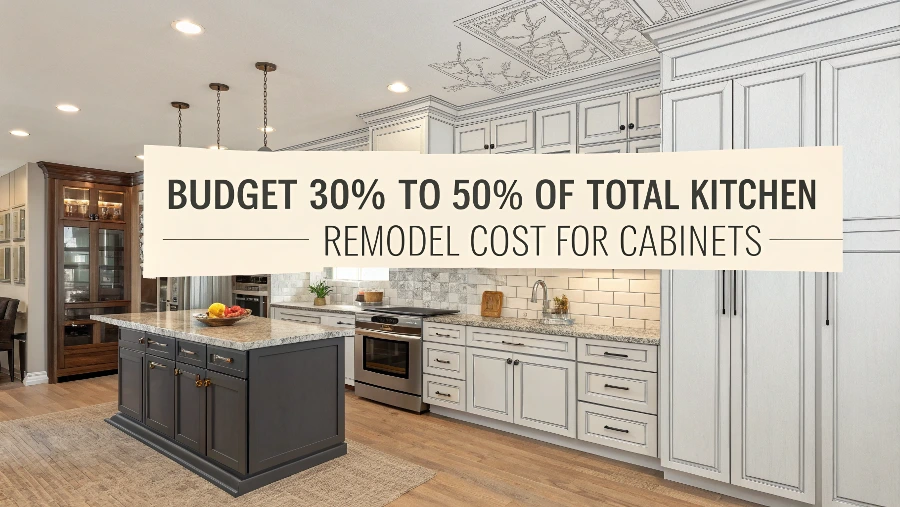
As a professional buyer, you know that a budget is more than just a number; it’s a plan. When planning for cabinets, thinking in percentages is more useful than using a vague per-foot cost. If your total kitchen renovation budget is $50,000, you should plan to spend between $15,000 and $25,000 on the cabinets. This allocation ensures you have enough funds for quality construction that will last. Your budget shouldn’t just cover the cost of the "boxes and doors." It must account for the Total Cost of Ownership3. This includes the cost of design, high-quality hardware, durable finishes, professional packing, shipping, insurance, and any potential import duties. A cheap cabinet that needs to be replaced in five years is far more expensive than a quality cabinet that lasts for twenty. The best way to build your budget is to get a detailed line-item quote4 from your supplier. This document is your most powerful budgeting tool because it shows you exactly where every dollar is going.
Are custom cabinets worth the money?
You see the high price tag on custom cabinets and wonder if the benefits are real. You worry about spending a large portion of your budget on something that might just be an unnecessary luxury.
Yes, custom cabinets are worth the money when you need to meet specific project requirements. This includes fitting unconventional spaces, achieving a unique design aesthetic, or ensuring long-term durability with superior materials.
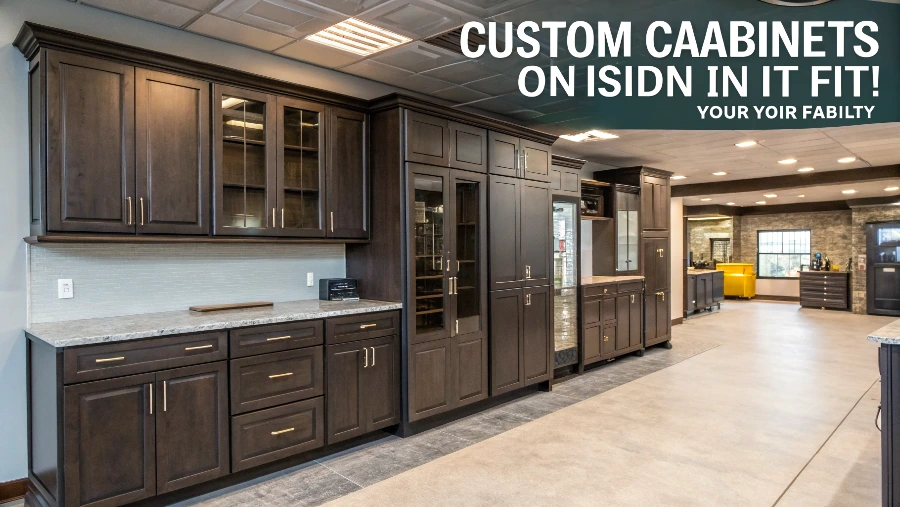
For a commercial project, "custom" is not about luxury; it’s about performance and precision. Stock cabinets are designed for standard residential spaces. They fail when you have to meet the demands of a hotel, an office breakroom, or a multi-family housing development. I recall a project for a client in Canada who was outfitting a series of boutique hotel rooms. Each room had a slightly different layout. Using stock cabinets would have resulted in awkward gaps and a cheap-looking finish. We produced custom cabinets5 for each specific room layout. The result was a perfect, wall-to-wall fit that looked seamless and high-end. This is the primary value of custom work. It also means you can specify materials that meet commercial fire codes6 or durability standards. You can choose hardware that can withstand the heavy use of a public space. For a professional buyer, custom cabinets1 are worth the money because they eliminate problems, meet client expectations, and protect your reputation. The higher initial cost is an investment in a predictable, high-quality outcome.
How much do IKEA kitchen cabinets cost?
You’ve heard that IKEA offers a very affordable way to get a modern-looking kitchen. You’re considering them as an option, but you’re not sure if the quality is suitable for your needs.
IKEA cabinets are priced for the DIY residential market, typically costing $150 to $300 per linear foot for the basic parts. This price does not include assembly, installation, or the higher-end doors and hardware.
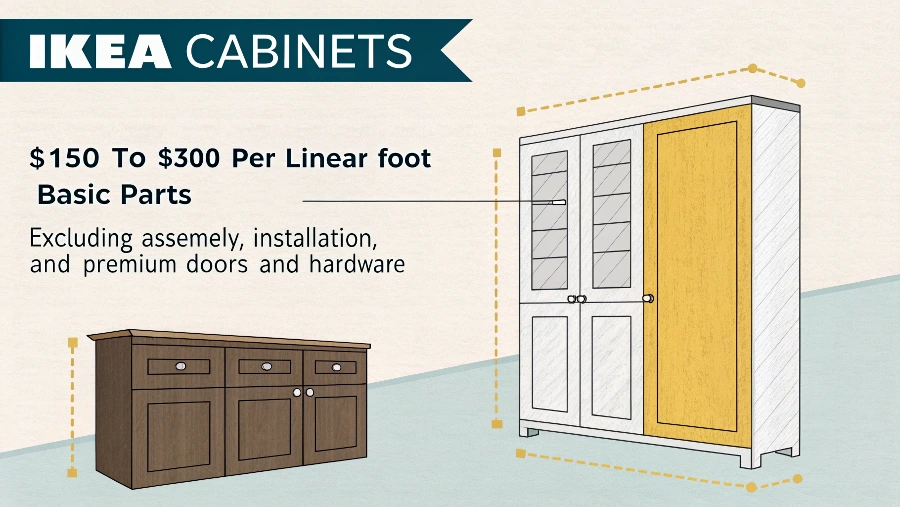
IKEA has done a brilliant job of marketing their kitchen systems. They offer a stylish look at a very low entry price. However, it is critical to understand what you are buying. IKEA cabinets7 are designed for the residential homeowner, not for a commercial setting. Their cabinet boxes are made from particleboard, not the sturdy plywood used in high-quality custom cabinets. This makes them much more susceptible to water damage and less able to hold screws securely over time. Their hardware system is proprietary, meaning you cannot easily upgrade to industry-standard parts from brands like Blum. For a single home, this might be an acceptable compromise. But for a commercial project8 like an apartment building or office, these weaknesses can lead to maintenance nightmares and costly repairs. The limited range of standard sizes also makes it very difficult to achieve a professional, built-in look. While the price is low, the product is not designed for the durability and performance required in a commercial environment. It is a completely different class of product.
What is the most expensive part of a kitchen remodel?
You are managing a big project budget and need to know where the largest expenses will be. Understanding the cost breakdown helps you allocate funds effectively and justify spending to stakeholders.
Cabinets are consistently the single most expensive component of a kitchen remodel. They typically represent 30% to 50% of the total project budget due to the amount of material, labor, and craftsmanship involved.
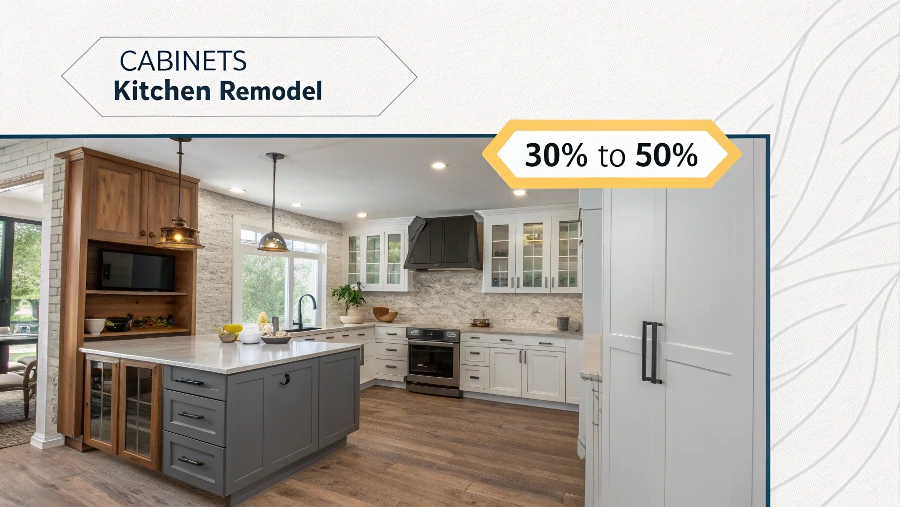
When you get a quote for a full kitchen project9, it’s easy to see where the money goes. The cabinets are the largest and most complex element. They form the foundation and visual backbone of the entire room. Their cost is high because it includes so many different factors. You have the raw materials for the boxes, doors, and drawer fronts. You have the hardware, which can run into thousands of dollars for a large kitchen. You have the intensive labor of cutting, assembling, sanding, and finishing each piece. Then you have the logistics of packing and shipping them safely. Because the cabinets are the foundation, their quality dictates the success of the entire project. If you choose cheap cabinets that start to fail, the beautiful stone countertops and expensive appliances you installed will be compromised. This is why it is so important to allocate a sufficient budget to the cabinets. Skimping here is the most common and costly mistake I see. It’s an investment in the long-term value and functionality of the space.
Conclusion
The right price for cabinets is one that buys you a complete, reliable solution. Focus on the total value—quality, service, and durability—not just the initial cost, to make a wise investment.
-
Explore the advantages of European hardware, including durability and smooth operation, to make informed choices for your projects. ↩ ↩ ↩
-
Learn about the long-term benefits of eco-friendly plywood, including durability and resistance to water damage, for sustainable building. ↩
-
Understanding Total Cost of Ownership helps you make informed decisions about your kitchen renovation budget. ↩
-
A detailed line-item quote is essential for transparency in budgeting, ensuring you know where every dollar is allocated. ↩
-
Explore this link to understand how custom cabinets enhance performance and precision in commercial spaces. ↩
-
Learn about commercial fire codes to ensure your cabinetry meets safety standards and regulations. ↩
-
Explore this link to understand the advantages and disadvantages of IKEA cabinets, helping you make an informed decision. ↩
-
This resource will guide you through the best kitchen cabinet choices for commercial projects, ensuring durability and performance. ↩
-
Understanding the key factors in a kitchen project can help you make informed decisions and avoid costly mistakes. ↩
